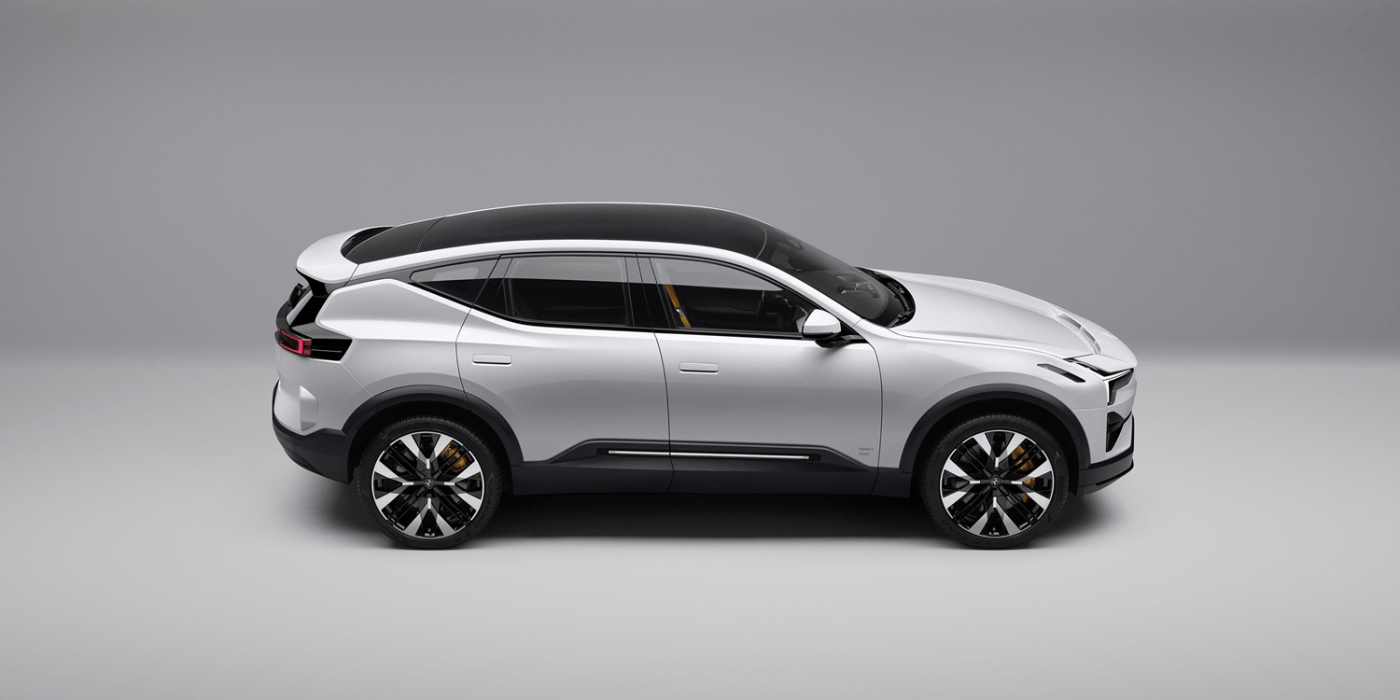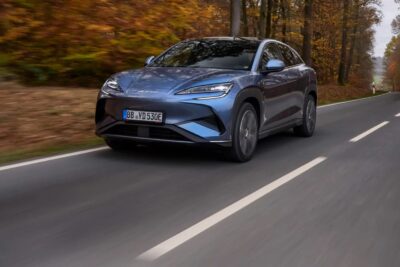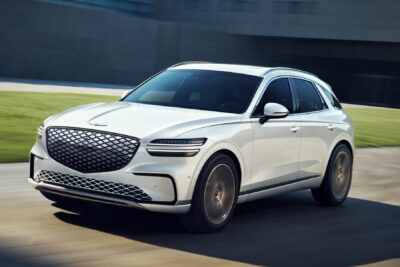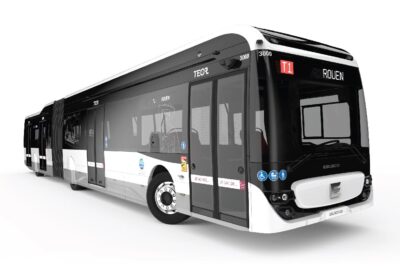Polestar 3 to reach 611 kilometre range
The electric car brand Polestar has announced the presentation of its first SUV model Polestar 3 for 12 October 2022 in Copenhagen. However, there are already clear indications of the vehicle’s key technical data.
We have known what the Polestar 3 will look like since this summer: In June, the manufacturer showed an undisguised image of its SUV model for the first time. In July, brand boss Thomas Ingenlath then added that the Polestar 3 would be launched at prices between 75,000 and 110,000 euros and that 24,000 units would initially be sold worldwide in 2023, before 67,000 units would be sold in 2024 and 77,000 in 2025.
This is the initial situation. Even before the official presentation of the vehicle in a fortnight’s time, the portal Autocar has reported on the technical set-up of the Polestar 3 with reference to the car data provider CAP HPi: according to this, the E-SUV with two motors is to produce 365 kW and accelerate from 0 to 100 km/h in 5.0 seconds. A battery with 107 kWh capacity allows a WLTP range of 380 miles (611 kilometres) in the long-range variant.
The optional performance package of the Polestar 3 enables a maximum output of 380 kW and 910 Nm, according to the official information so far. According to unofficial information, the performance variant will accelerate to 100 km/h in 4.7 seconds and offer a range of 348 miles – around 560 kilometres. The top speed for both model variants is said to be 130 mph – the equivalent of 209 km/h.
Autocar also provides more precise information on the price – the base price in Great Britain will be 78,900 pounds for the twin-engine version and 85,500 pounds for the version with the performance package. It is also quite possible that a cheaper single-engine version of the Polestar 3 will also be offered later.





1 Comment